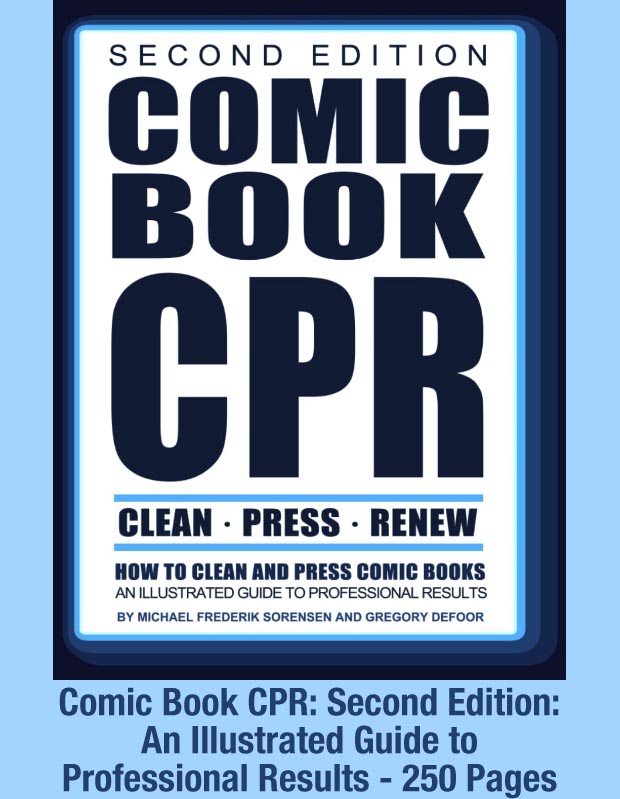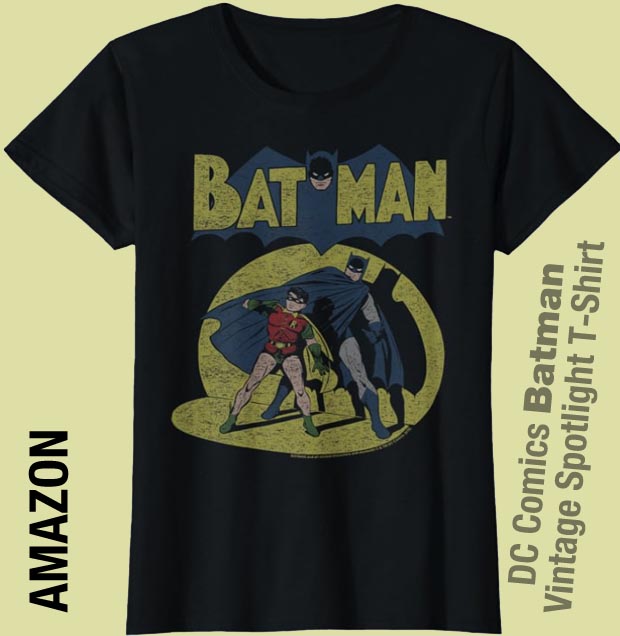Superhero Comics and the Freedom of Art
Psychology Today magazine detects some elements of unreality in superhero comic books – Psychology Today
"Research uncovers the exaggerated body proportions of DC and Marvel comic book characters. Comic characters' physiques are even more muscular than real-life bodybuilders, altering body image ideals. Elevated waist-to-hip ratios in comic characters potentially shape societal perceptions of attractiveness. Exaggerated masculine and feminine features in comics can reinforce gender norms and objectification."
Comic Book legend Dr. Fredric Wertham comes to mind as this analysis is narrated along familiar lines within the article.
Moreover, the study findings have implications for the representation of gender in comic books. This research revealed that comic book artists tend to exaggerate masculine features such as shoulder-to-waist ratios and upper body muscularity, as well as feminine features such as waist-to-hip ratios and breasts. This reinforces traditional gender norms and may contribute to the objectification of women's bodies.
Does this state that reinforcing traditional gender norms is bad or good? It actually implies through an assumed union by the author with the reader of what is (and is not) good about comic books, which is to say, immediately comic books are guilty of not aligning with the "norms" of Psychology Today, regardless of the minutia of artwork examination (notice that no form of research is presented to provide a defense that drawing comic book superheroes relates to the subjective work of human artists versus some sort of manufacturing process in need of an updated 21st century tweak).
On a plainer note, obviously hand-drawn artwork is not going to conform to expectations of a standardized depiction of line-art reality reflecting some particular standardized human body type. The violation of such expectations can be found in well known artworks like Picasso's Les Demoiselles d'Avignon or even Girl Before a Mirror. But, you might say, Picasso isn't trying to depict a true photographic "real" human body type but is expressing his artistic ideas about and through human body shapes, but this gives away the secret of superhero comics: superhero artists are typically doing the same thing, whether they know it or not.
This topic brings to mind one of the vagaries of art making, such as when Michelangelo was attacked for making his figures too "exaggerated" and he challenged his critics to locate any example in his artwork of an anatomy that isn't legitimate to the human body. Since Michelangelo was trained in anatomy through not just years of observing and drawing human forms but by dissecting cadavers to exactly map the muscles and bones of the human body, he already knew his critics didn't know what they were talking about when he fired back the question.
If the magazine article by psychologist Romeo Vitelli, Ph.D., was just attacking the poor anatomy knowledge of some superhero artists, that would be an interesting topic and definitely worthy of debating as that is within the realm of what comic book art is about, but that's not where Psychology Today is headed. Instead, there are a couple of goals expressed, and one is wholly good, such as advocating the further research of how superhero art is "influencing societal perceptions of attractiveness," and since Vitelli is writing from the point of view of a science, that's surely within the realm of what his practice does and is about. But the ideas in the article that a "science" can expect conformity by artists to human body type ideals declared standard by Psychology Today is absurd. It doesn't matter that comic artists come in varying degrees of skill or might even conform to ideals that Psychology Today puts forward: that's the choice of the artist. The outrageous idea that a science can walk into the institute of art and say "you're doing it wrong" is, well, outrageous.
Why is it that when psychiatry (again thinking of the legendary Dr. Fredric Wertham!) takes a gander into the world of comic books, it sees a world that needs to be tamed? Comic book artists are typically of a group that are grossly underpaid and buffeted one way or another by a mechanized, technological world that has less and less space for hand-drawn art, but the freedom to draw the way you want to is surely one of the reasons the industry can continue to exist and attract creators. Not counting the infrequent exceptions where an artist "makes it big," one of the few rewards is that the artist gets to draw the way they want to.
One final rebut toward Psychology Today: the article writer says that comic book art depictions are a springboard toward examining the bigger issue of body-types in superhero movies, but this brings up the same argument again, but in a fashion that attaches itself to policing Hollywood (which is already heavily policed!): Don Knotts - go eat a Sandwich, Sophia Loren - go get a bust reduction surgery; Alfred Hitchcock - lose some weight: John Goodman, also go lose some weight (oh wait, he did!); you're too tall, too short, too black, too white, too brown, too ... etc.
The forces that police the arts always remind me of Stalin, who policed which artists could - and could not - work, or in some cases, even be allowed to live. Same with the Nazis. Same with other overbearing institutions that are not of the arts themselves, but reach into art's cookie jar and not only want to steal the cookies, but then say "why are they different shapes? Why can't all the cookies be the same?"
Only vaguely related: "Superhero fatigue" is back

Original Page June 26, 2023


